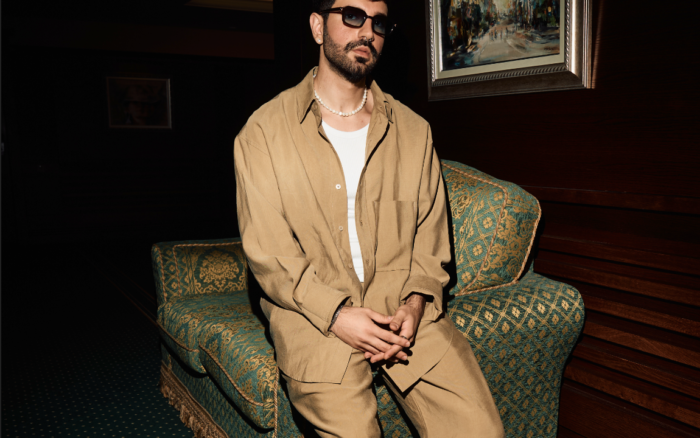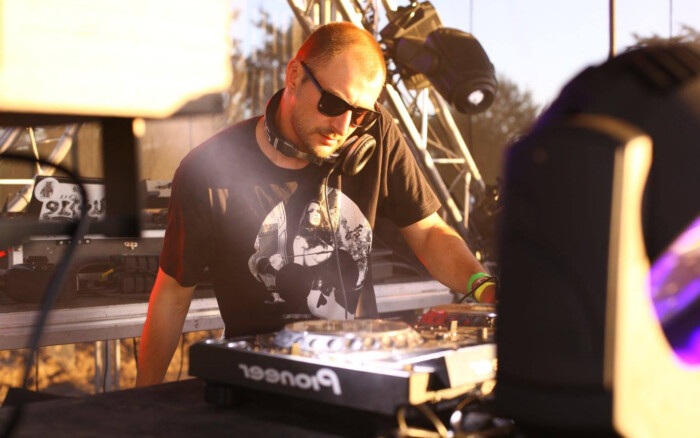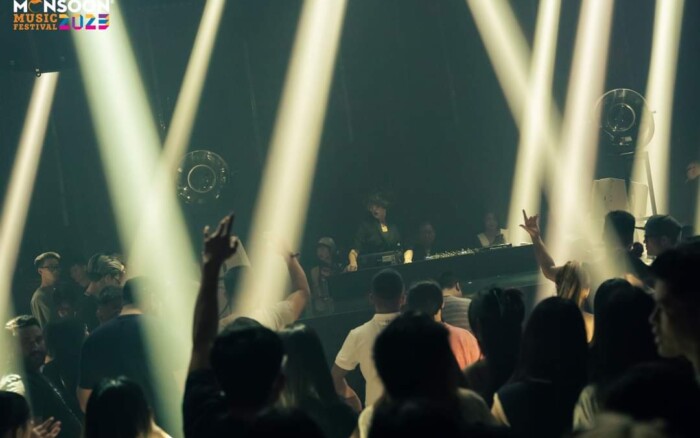During what we might think of very old times, people in the early 1900’s had a very different view of music. Back then, listening to music was a thing that halted their activities just to listen to the song; they would intrinsically sit still and think of how the music sounded, often a reflective but romanticised viewpoint looking back.
Current day, we have it actively reverberating all around us as we do other things. We use it to kickstart our day through to motivation at the gym. It can invigorate us, make us run faster whilst jogging or even buy us time out to relax, unwind and sing whilst driving to the radio’s tones. In direct contradiction to previous decades where it wasn’t so much of an interactive experience, unless in a dancehall. In 1917, a new term was founded in French, musique d’ameublement. This means in loose translation, furniture music. This was something completely new and odd; something extremely out of the ordinary. A recital or recording was a monumental event.
The term was coined by a French musician named Erik Satie who was a pianist. The story goes that Erik Satie, when trying to implement this new term of furniture music, played a piece of music to a crowd and literally begged them to talk over it. He played it over and over again to make in an attempt to create an atmosphere. People were so used to only listening to music that was presented they did not understand why he suggested to do other things during its play, let alone how to do so.
In that time, talking whilst listening to music was considered rude and disrespectful. Erik Saties term musique d’ameublement later became what we now call background music. It was produced with the intention to flow into the environment instead of being something subjective you actively listen to. It was built up from an ambient form to fit into the mode, encouraging and enduring people talking and socialising whilst sliding in and out of listening as they chose. This concept was a completely new experience for the time but in reflection it surely made an impact on the future of listening to music.
Erik Satie composed a sizeable piece of art; where its notes were supposed to play 820 times named “42 Vexations”. It was literally a relay of pianists changing every hour to make the music as a furniture, as the name suggests in preference a listening post you would naturally assume. This was a vital new arrangement for music history and the term became very well known in contemporary music circles. Looking through a future perspective, we would become confused or frustrated if we were supposed to lay down our things or refocus our attention as soon as a piece of music started. Considering how much music we are served continuously in differing scenarios daily it would be a vast contrast and relatively quiet society, in theory, wouldn’t it?




